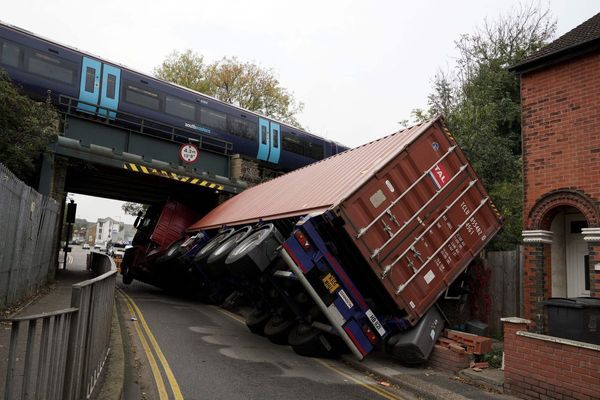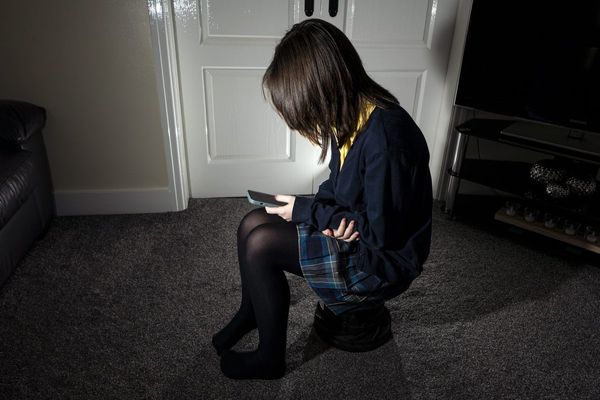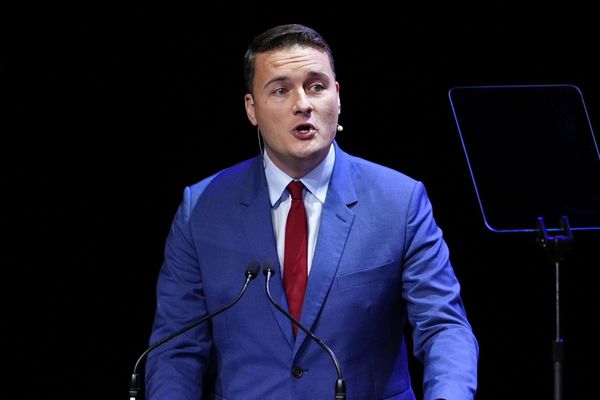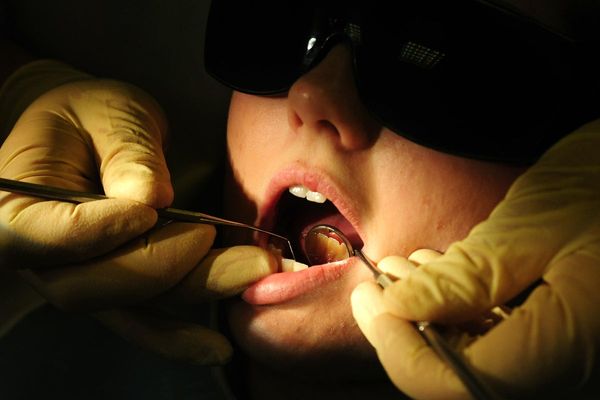
A Guardian Australia investigation has revealed nine suspicious anomalies have been found by ground-penetrating radar scans at the former government-run Kinchela Aboriginal Boys’ Training Home near Kempsey on the New South Wales north coast.
The Missing Children Project report found the “suspicious anomalies” should be considered for excavation as they show similar GPR signals to other confirmed human burials.
What is GPR technology?
Ground-penetrating radar (GPR) technology is becoming more widespread globally as a noninvasive means of detecting potential unmarked graves and human burial sites.
The technology is designed to identify below-ground objects using targeted geo‐radar which penetrates the ground’s surface and is reflected from the target.
GPR provides a way for users to map the subsurface environment and is a noninvasive tool that can allow experts to “pinpoint suspicious anomalies”. However confirmation of whether an anomaly is a human burial can only be obtained through excavation.
At Kinchela, a team of archaeologists looked to depths of 900mm at a large part of the site. They combined detailed oral testimony and evidence given by former inmates with historical maps and other information in order to determine nine suspicious high-priority anomalies.
The former residential boys’ home and work farm was the site of long-running documented cases by child inmates of sadistic abuse, everyday violence and hard labour.
Dr Kelsey Lowe, an archeologist and geophysicist with the University of Queensland who specialises in geographic information systems including GPR, explained: “[GPR] looks at those different contrasts between what might be a burial and the natural subsurface. If you dig a hole and you remove that material from an area, especially quite a large hole for burial, and then you put it back in, you might see some changes or disruptions in the GPR signals.
“It’s probably the most utilised instrument for burial detection, just because it provides good results. But like any instrument it’s not foolproof.”
The archaeologist has worked with First Nations communities in the US and Australia, as well as identifying burials at US civil war sites and ancient human settlements.
Lowe said GPR technology can be a way to confirm and give greater weight to oral histories and testimonies.
“I think it’s happening here too with the truth-telling and I think for communities it’s a great way to give them some sort of retribution for their past,” she said.
“If you can go to an area where there might be a potential unmarked grave and you’ve got oral histories to back you up, and you go out and do a survey and you find potential anomalies, that’s a strong case to say this actually did happen and we need to think about how we move forward in the future.”
Where has it been used before?
The technology became much more prominent after it was used to discover hundreds of suspicious anomalies at the former Kamloops Indian Residential School in British Columbia, Canada.
The institution was one of largest residential schools in Canada, where thousands of First Nations children were sent after being taken away from their families as part of the era’s assimilation policies through what become known as the Sixties Scoop.
In May 2021, the Tk’emlúps te Secwépemc community identified 215 unmarked graves, believed to be former inmates of the residential school, after conducting surveys through ground-penetrating radar scans of the site. The discovery triggered widespread shock with funding and inquiries launched for GPR scans at other sites.
In June 2021, 751 unmarked graves were identified through GPR at the Marieval Indian Residential School in Saskatchewan province.
There has since been similar discoveries at several sites across Canada and the United States.
Lowe said uncovering sites of trauma, death and pain are vital to national truth-telling for First Nations communities – who have historically been discredited – as well as provoking greater national reconciliation.
“In Canada, it’s provided a wealth of information for First Nations people. I think they’ve accounted for over 4,000 unmarked graves. It provides another level of truth-telling and reconciliation for people because it’s verifying the stories and verifying the past,” she said.
“It will be hard for some [hearing these stories] because it will bring out a lot of trauma.”







